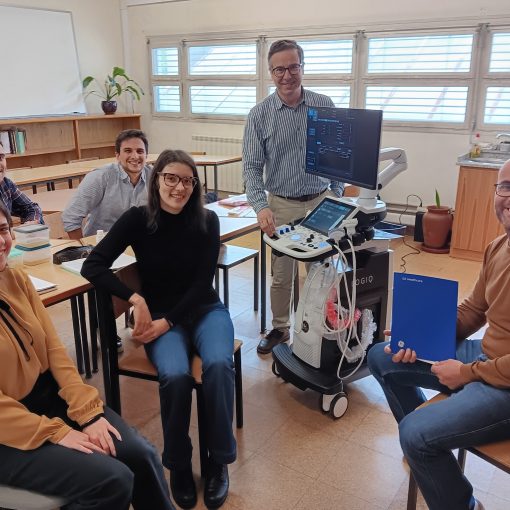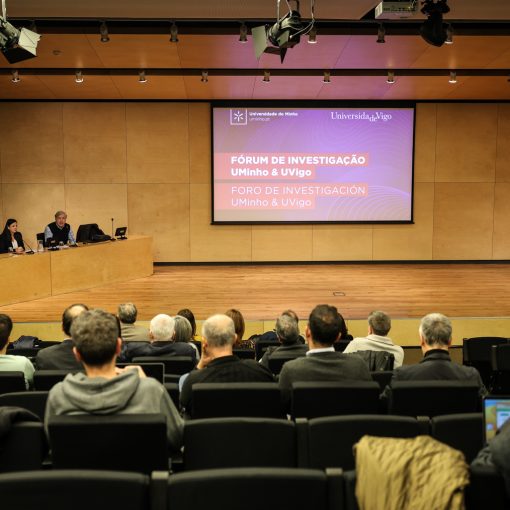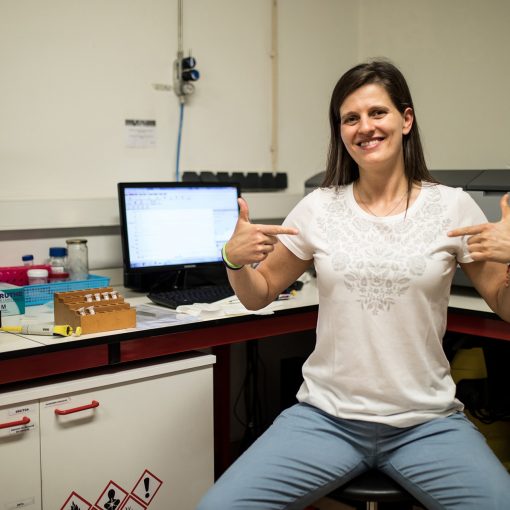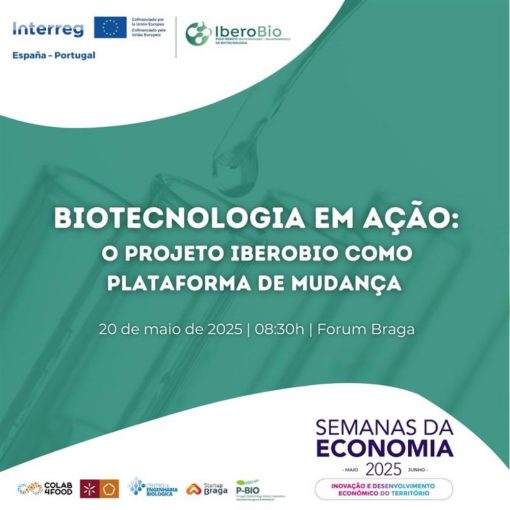The Center for Microelectromechanical Systems (CMEMS), which brings together researchers from Mechanical Engineering and Electronic Engineering, has developed an innovative hybrid, multi-material additive manufacturing technology for multi-functional components that has attracted the interest of multiple institutions worldwide, including the ESA.
This technology, completely developed at UMinho’s School of Engineering, from software to hardware and materials, makes it possible to produce components that combine the best properties of several materials in the same component. In this case, turbine rotors will have the mechanical strength of an Inconel alloy (high mechanical strength at high temperature) and the high thermal conductivity of copper or aluminium, allowing turbine rotors to substantially increase their performance. This technology can be extended to various industrial areas such as moulds, tools, medical implants and jewellery, among others.
This project, coordinated by Professor Filipe Samuel Silva, called “Advancing Space Applications through 3D Voxel-based Multi-material Laser Powder Bed Fusion (SpaceFuse)” will be carried out from February 2024 in the laboratories based at the University of Minho’s centre in Vale S. Cosme, Famalicão. Cosme, Famalicão, and is accompanied by two national companies, Palbit, which specialises in cutting tools, and the University of Minho spin-off Extreme Materials (Extremater, Lda), which operates in the Famalicão MADE IN incubator and develops technologies and components for various high value-added areas, having recently started its activity in the dental medical field.
It is hoped that this project will give rise to an advanced additive manufacturing unit, with innovative additive manufacturing equipment, fully developed at the University of Minho, supported by national companies.



